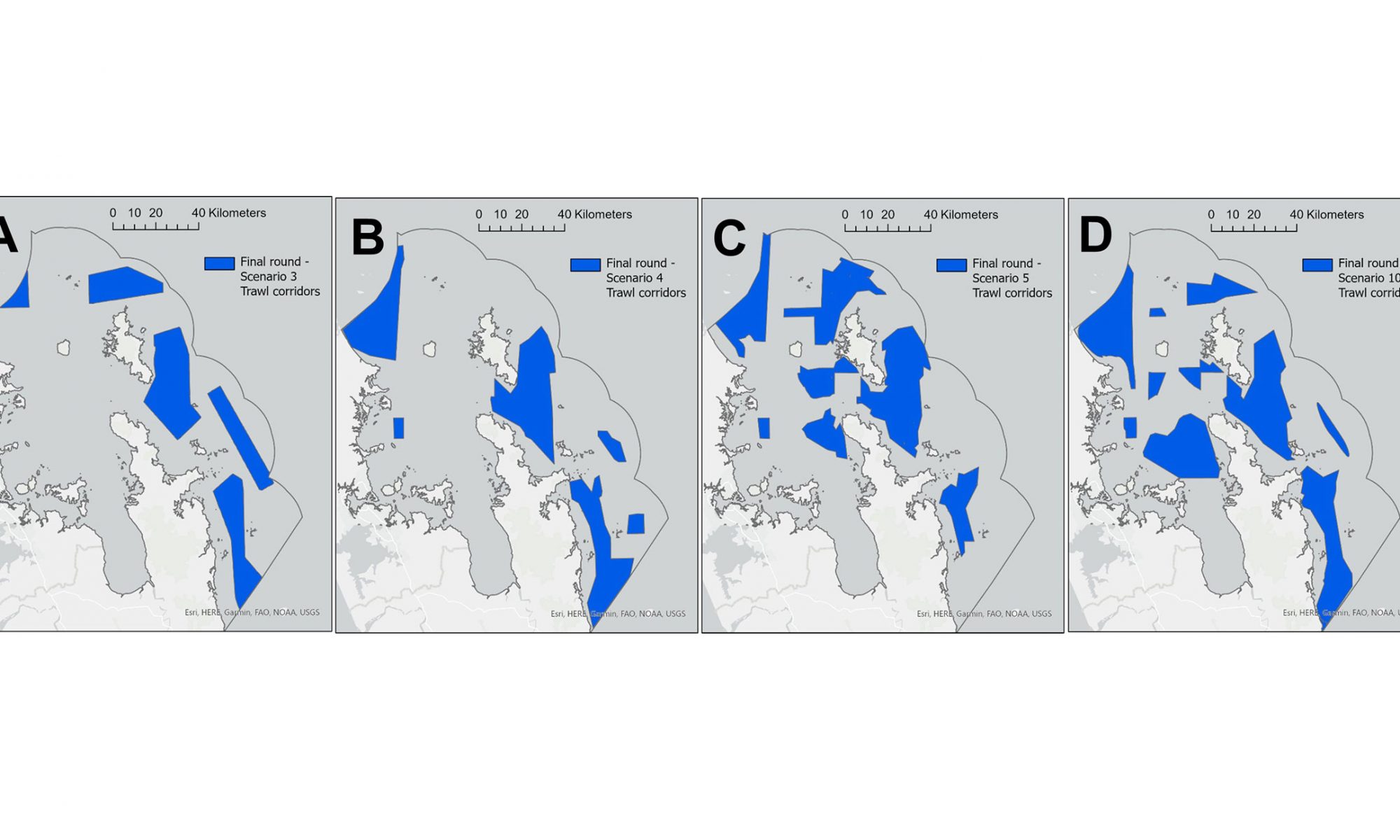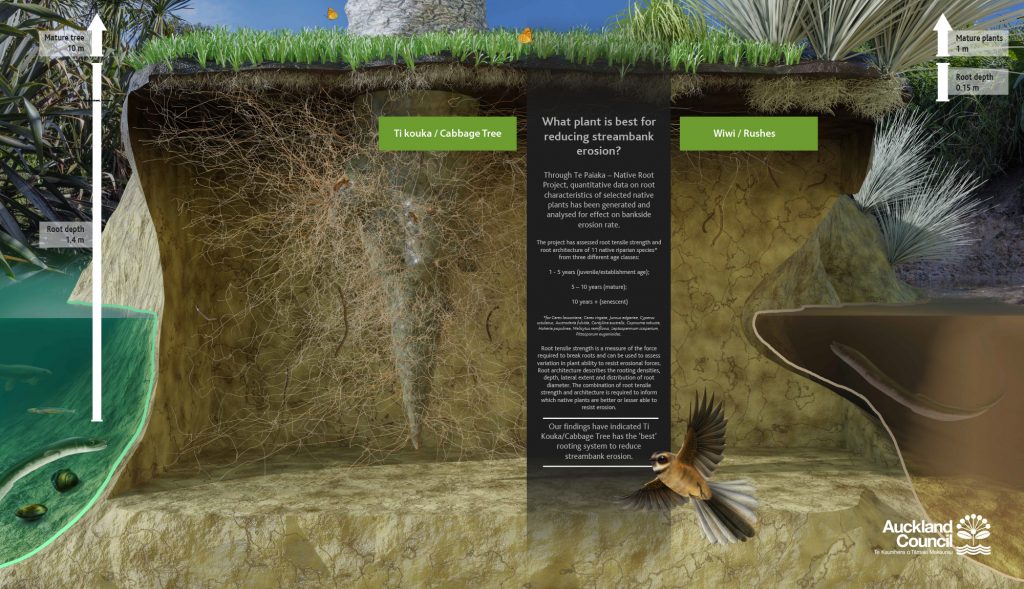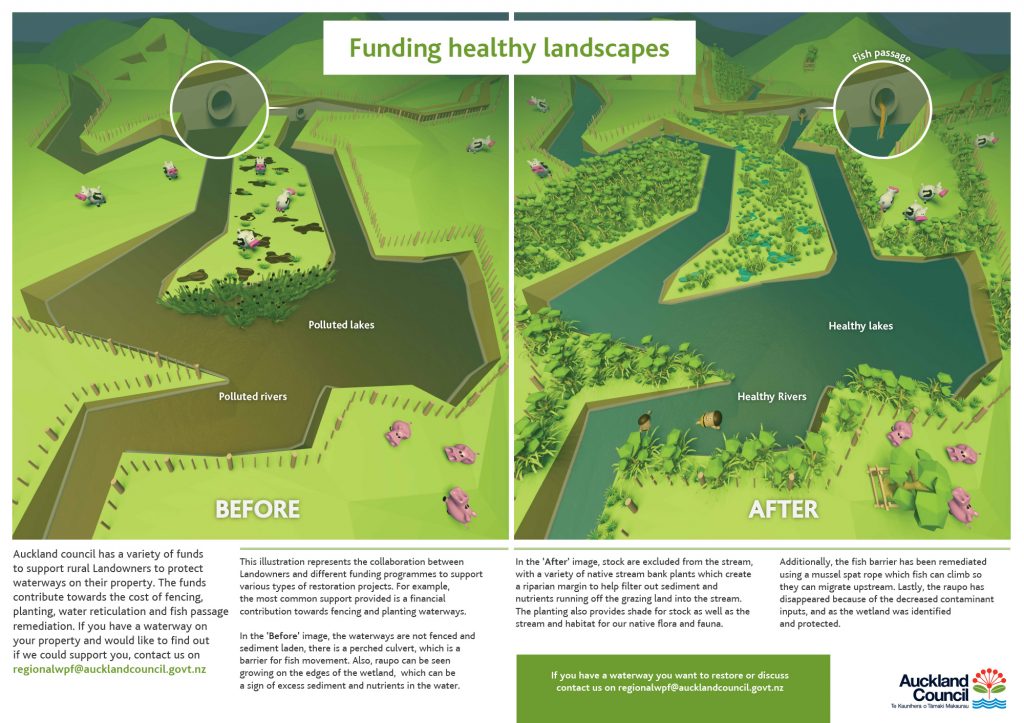I was horrified by this photo I found in the Auckland Libraries Heritage Collection. It was taken 116 years ago in 1907. The caption reads ‘beautiful but profitless’ and describes a haul of corals and sponges undertaken by a research trawler. One large Black coral is remarkably intact, a tragic loss. The caption describes the scene “A haul as this—which in trawling parlance is “muck”—though useless is a glorious sight. This one in particular was gorgeous. The fish were a brilliant rose-pink, and all the hues of the rainbow were to be found in the strange dwarf trees, and other growths which came up in the net.”
The photo was from an article published in New Zealand Graphic which can be found in Papers Past, a second part to the article was published the following week.
The story is written about a single trip which started in Auckland on the 17th of October, the end is not mentioned in the article but based on the fisheries scientist’s report (from 1907 on PapersPast, there is also a 1901 report in the same National Library archive ) they went to the North Cape and back, making 23 trawls in 11 to 55 fathoms (20-100 meters). There are notes on all 23 trawls, the photo is likely from one of these:
Station 177: The net was shot again at 9.55 a.m., 6 miles N.W. £ W. of Channel Island, depth 25 fathoms, bottom mud and sand. As soundings indicated rough bottom, the net was only towed an hour and hauled up in 27 fathoms, bottom coral and shell. The result of this haul, poor both as regards the quantity and variety of fish.
Station 178: From last station steamed 5 miles S. x E., and shot the net at 12noon, 4miles S.S.E. from Little Barrier, depth 28 fathoms, bottom mud and sand. Hauled up 4J miles W. \S. of the Little Barrier in 28 fathoms, bottom coral and shell. This was also a short haul, and the results were as poor as the previous one.
Station 183: Left Russell at 6 a.m. for Great Exhibition Bay, near the North Cape. Arrived there and shot the net at 3 p.m. in 32 fathoms, the soundings made showing sand and shell; but the net had only been towed ten minutes when it fouled, and. when hauled up it was found that the foot-rope was cut through, showing plainly that it had come in contact with rocky bottom.
Station 191: After hauling up from station 190 several soundings were taken, and showed a risky bottom, so we steamed south 17 miles, and shot the net at 4.30 p.m. off Takau Bay in 35 fathoms, bottom fine sand. Towed S.E. 2 miles, and hauled up from the same depth and character of bottom as we shot in. This was a very poor haul as regards fish-taking : the net came up with large quantities of marine vegetation. After hauling up we steamed into Russell, and anchored for the night.
They lost a £lOO net on “foul ground” and they were constantly mending nets. The author describes the seafloor based on the bycatch “places must be like a fairy grove, or one of those enchanted gardens in the Arabian Nights”. He goes on to describe a particular haul from the Bay of Islands in detail:
“There were several dwarf trees about three or four feet high, which realised one’s idea of the sort of thing that grew in the garden of the Princess Bulbul. They had evidently been torn from the solid rock. The branches were covered with feathery leaves of a most delicate form, coloured cream-brown, and attached to them were all manner of things just like a Christmas-tree. From a short distance off, it was difficult to say that it was not hung with all manner of vivid-hued fruits—bananas, grapes, tomatoes, and what not—anu round the branches at intervals were twined starfish in knots resembling what sailors call “Turk’s Heads.” They were not spiked like ordinary star-fish, but smooth and bright as a Japanese lacquered box. Some were cream with maroon stripes, others a rich golden yellow, others crimson, and on no two was the marking the same. From one branch depended a cluster of things half prawn, half sea-horse, and from different points swung shark’s eggs—a semi-transparent lyre-shaped bag of the same colour and quality as celluloid (from which it was difficult to distinguish it), some four inches in attached to the shrub by cartilaginous tendrils, whose spirals seemed intended by wonderful Mother Nature to catch in such growths and find a safe hatching place. One branch minus leaves, if one could so term the feathery growth, looked exactly like a frond of coral, the colour a rich crimson-lake, with the tips of the countless excrescences lighter in tint. On a closer examination the branch was found to be sheathed with a gelatinous substance, quite soft to the touch, which soon dried and lost its exquisite colour.
Some of the shells were very strange and interesting, particularly one that seemed to be very plentiful. It was an ordinary-looking spiral shell as big as a man’s hand, but round the base was ranged a number of smaller shells, forming a sort of base which would apparently keep the shell off the ground, like a house on piles. They were stuck on with some kind of cement, and in other specimens small stones or pebbles were used in a similar way.
Sponges, and fungoid growths of many colours and fantastic shapes—umbrellas, hats, bowls, etc.—were common, and some of them weighed half a hundredweight and more. Star fish, squids, molluscae, medusae, seaweed and yards of gelatinous transparent stuff as thick as leather and marked with red spots were brought up at nearly every haul. They would no doubt be greatly prised by the naturalist, but are shovelled over without the slightest compunction by the business-like fisherman.”
By 1907 there were many trawlers operating around the country, many purchased with government subsidies. There had been much public outcry about the method and one area in the Gulf protected (temporarily) but only after it had been trawled. In 2023 commercial bottom trawlers and Danish seiners will repeatedly deploy their gear thousands of times within the Hauraki Gulf Marine Park alone.
The image is a stark reminder of what’s been directly lost to mobile bottom impact fishing. The industry like to say they only trawl on ‘sand or mud’ but we know that our mud and sand once supported more complex habitats. Examples of biogenic habitats that associate with soft sediments include horse mussel beds, scallop beds, dog cockle beds, green-lipped mussel beds, seagrass, sponge gardens, tubeworm mounds and rhodolith beds. Our poorly protected corals and other epibenthic fauna like sea squirts attach to hard structures created by these habitats, enriching and expanding these ‘enchanted gardens’. All of these habitats are easily destroyed by mobile bottom impact fishing.
To this day NIWA carry on this tradition of ‘scientific’ bottom trawling for the government, even in areas protected from bottom trawling. Some tows are stoped due to ‘foul ground’. When will we stop all mobile bottom impact fishing and begin to restore our ‘enchanted gardens’?












































